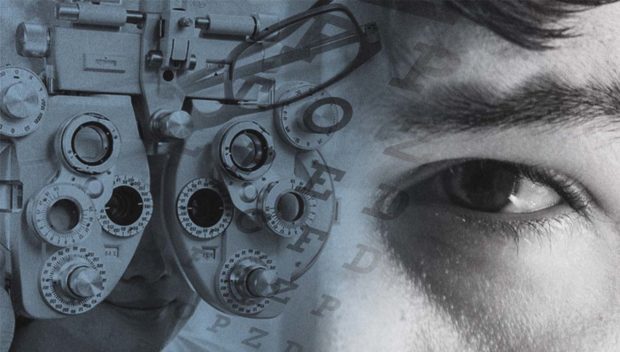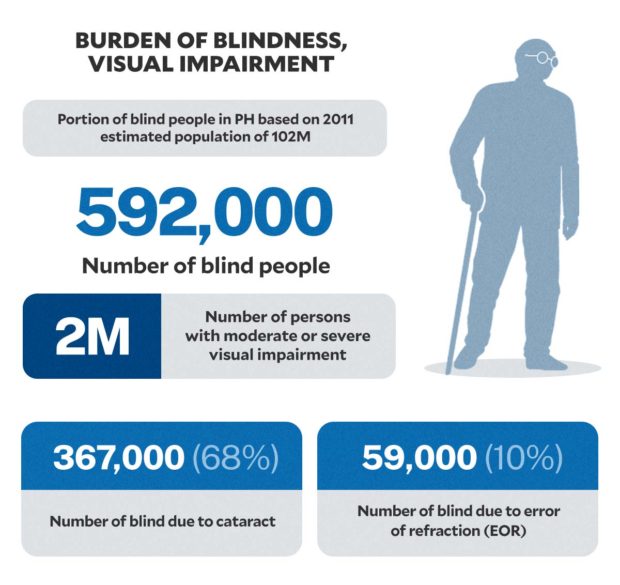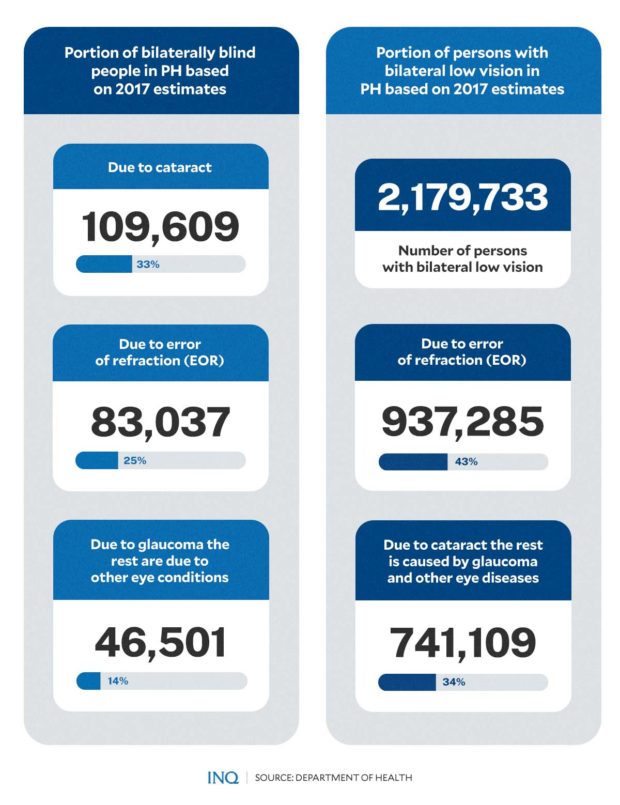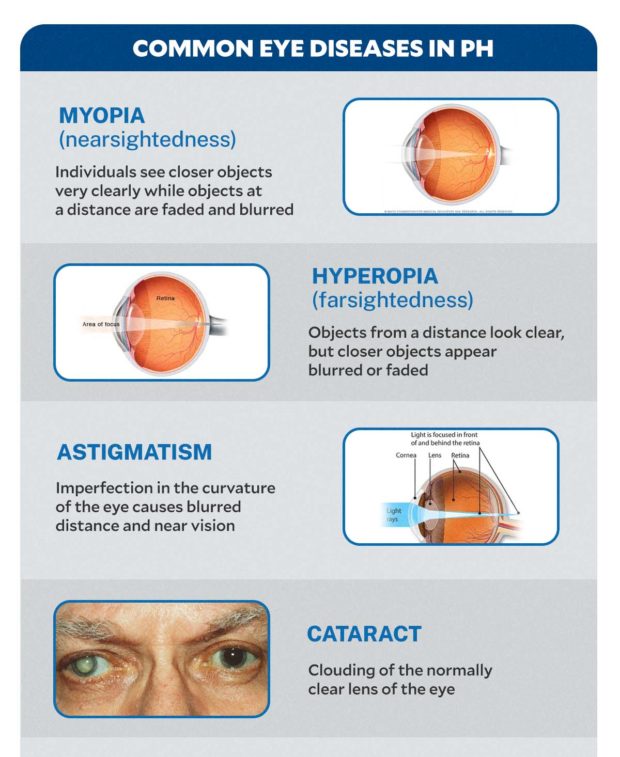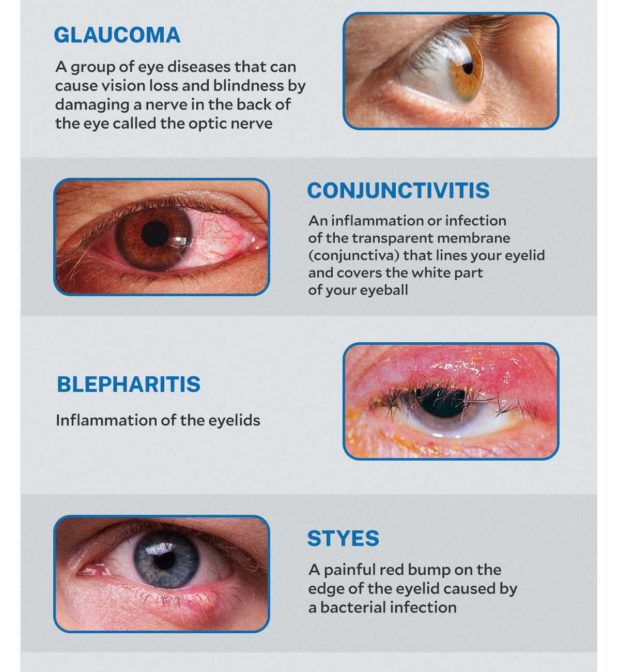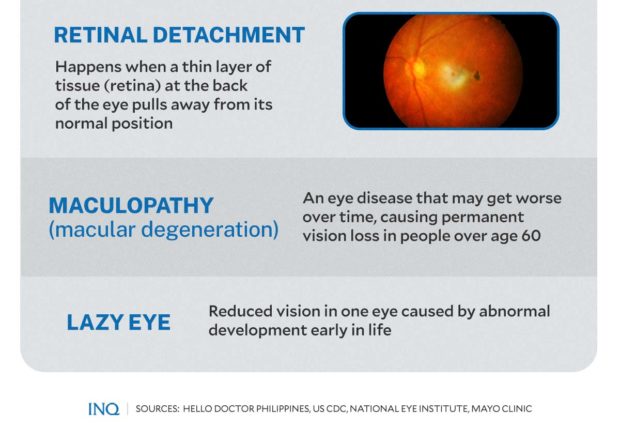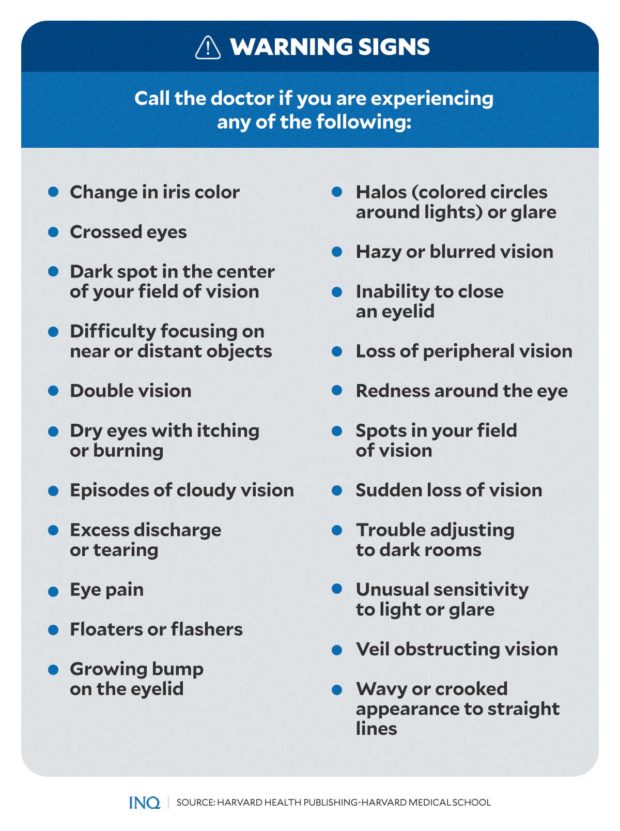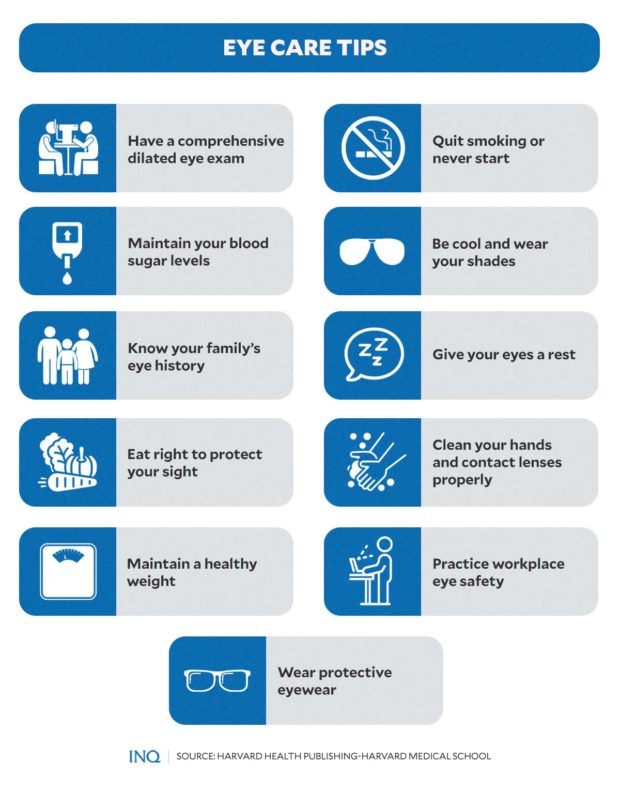Sight Saving Month: Finding light in darkness
MANILA, Philippines—In the Philippines, with over 500,000 people who are diagnosed as blind or visually impaired, the annual observation of Sight Saving Month helps promote public awareness about the importance of eye health and the prevention of blindness.
In 1954, then President Ramon Magsaysay declared the first week of August of every year as sight conservation week and designated the Philippine Eye Bank as the lead agency in its celebration.
“This fact points up the necessity of carrying on an educational campaign throughout the country to prevent blindness among the people,” Magsaysay’s Proclamation No. 40 stated.
Since then, according to the Eye Bank Foundation of the Philippines, August has been celebrated as Sight Saving Month.
“The celebration aims to emphasize the importance of protecting and taking good care of the eyes,” the Eye Bank Foundation of the Philippines said in a previous statement.
“Likewise, the celebration encourages the public to be aware of available means of restoring lost eyesight and the value of organ donation, particularly cornea and eye donation,” it added.
More Filipinos losing sight
According to World Health Organization (WHO), at least 2.2 billion people worldwide have near or distance vision impairment. At least 1 billion—or almost half—of those cases of vision impairment could have been prevented or have yet to be addressed.
Among those 1 billion people included those with moderate or severe distance vision impairment or blindness due to:
- unaddressed refractive error: 88.4 million;
- cataract: 94 million;
- glaucoma: 7.7 million;
- corneal opacities caused by unaddressed presbyopia: 826 million.
Latest data from the Department of Health (DOH) showed that a growing population of Filipinos has already started losing sight and experiencing vision impairment.
Based on the estimated 2011 population, DOH said that 592,000 out of 102 million Filipinos are diagnosed as blind. At least 2 million more are diagnosed as persons with moderate or severe visual impairment.
At least 62 percent—367,000—of those are blind due to cataract, while 10 percent—59,000—are due to error of refraction.
Years later, in 2017, the health department’s estimates showed that 332,150 Filipinos have been living with total loss of vision. These cases were caused by cataract (109,609 or 33 percent), error of refraction (83,037 or 25 percent), glaucoma (46,501 or 14 percent), while the rest are due to other eye conditions such as retinopathy and maculopathy.
An equally huge population of Filipinos were slowly having vision impairments.
There were 2,179,733 Filipinos in 2017 who had bilateral low vision, with 43 percent—937,285—due to error of refraction, 34 percent—741,109—due to cataracts, and others due to glaucoma and other eye diseases.
As of January 2022, the DOH recorded a total of 272,527 Filipinos who are visually impaired and have already been issued a person with disability (PWD) ID. Majority were from CALABARZON (Cavite, Laguna, Batangas, Rizal, Quezon), and the National Capital Region (NCR).
Common eye problems
In the Philippines, among the most common eye diseases include:
- Myopia or nearsightedness: individuals see closer objects very clearly while objects at a distance are seen as faded and blurred
- Hyperopia or farsightedness: objects from a distance look clear, but closer objects appear blurred or faded
- Astigmatism: imperfection in the curvature of the eye causes blurred distance and near vision
- Cataract: clouding of the normally clear lens of the eye
- Glaucoma: a group of eye diseases that can cause vision loss and blindness by damaging a nerve in the back of the eye called the optic nerve
- Conjunctivitis or pink eye: an inflammation or infection of the transparent membrane (conjunctiva) that lines your eyelid and covers the white part of your eyeball
- Blepharitis: inflammation of the eyelids
- Styes: a painful red bump on the edge of the eyelid caused by a bacterial infection
- Retinal detachment: happens when a thin layer of tissue (retina) at the nack of the eye pulls away from its normal position
- Maculopathy or macular degeneration: an eye disease that may get worse over time, causing permanent vision loss in people over age 60
- Lazy eye: reduced vision in one eye caused by abnormal development early in life
Corneal disease due to trauma, infection, or complications is one of the leading causes of severe vision impairment and blindness, said the health department.
The term “corneal disease,” according to the Cleveland Clinic, refers to the variety of conditions that affect the cornea—the clear outer layer of the eye.
“The cornea can often repair itself after injury or disease, but more serious conditions — infections, degenerative diseases, deterioration—need treatment,” it added.
Seeing warning signs and symptoms
Detecting and preventing serious eye problems, however, can help preserve vision.
“Even non-vision-threatening eye problems can be treated to keep your eyes comfortable and your eyesight as sharp as possible,” said the Harvard Medical School.
Among the warning signs and symptoms, which could signal serious eye problems, include:
- Change in iris color
- Crossed eyes
- Dark spot in the center of your field of vision
- Difficulty focusing on near or distant objects
- Double vision
- Dry eyes with itching or burning
- Episodes of cloudy vision
- Excess discharge or tearing
- Eye pain
- Floaters or flashers
- Growing bump on the eyelid
- Halos (colored circles around lights) or glare
- Hazy or blurred vision
- Inability to close an eyelid
- Loss of peripheral vision
- Redness around the eye
- Spots in your field of vision
- Sudden loss of vision
- Trouble adjusting to dark rooms
- Unusual sensitivity to light or glare
- Veil obstructing vision
- Wavy or crooked appearance to straight lines
“The following signs and symptoms warrant a call to your doctor,” the Harvard Medical School warned.
Save eyesight, prevent vision loss
To nurture and save Filipinos’ eyes, the health department advised the public to:
- vaccinate children against measles—which can cause complications and lead to corneal blindness.
- wear protective eyewear or goggles when using chemicals or hazardous equipment.
- stop wearing contact lenses if experiencing red eye, pain in the eye, and eye discharge.
- consult your doctor first before using any kind of eye drop.
- visit your primary care provider if you are experiencing unusual symptoms in your eyes.
READ: COVID worsens ‘largest backslide’ in child vaccinations in 30 years
READ: EXPLAINER: Why children must be vaccinated vs rubella, tigdas, polio
Meanwhile, the US Centers for Disease Control and Prevention (CDC) advised the public to heed these guidelines “for maintaining healthy eyes well into your golden years.”
- Have a comprehensive dilated eye exam
- Maintain your blood sugar levels
- Know your family’s eye history
- Eat right to protect your sight
- Maintain a healthy weight
- Wear protective eyewear
- Quit smoking or never start
- Be cool and wear your shades
- Give your eyes a rest
- Clean your hands and contact lenses properly
- Practice workplace eye safety
READ: National No Smoking month: Cigarette alternatives just as harmful
READ: Vape Bill: Unresolved debate on vaping’s risks, benefits now to reach Duterte’s table
“Your eyes are an important part of your health. You can do many things to keep them healthy and make sure you’re seeing your best,” US CDC said.
‘Be a hero in someone’s eyes’
The DOH also urged the public to “be a hero in someone’s eyes” and help someone in need of a corneal transplant.
“The Philippines has an eye bank that collects, processes, and distributes cornea of donors to be used in transplants to patients across the country,” the health department said.
Those who are planning or considering donating a cornea can visit the Eye Bank Foundation of the Philippines’ website through this link: https://eyebankphil.org/.
Why consider eye donation? “Donation frequently comforts a grieving family,” the Eye Bank Foundation of the Philippines said.
“Making a gift of renewed life can honor the donor and bring solace to the survivors. It also gives them a feeling that the death of a relative is not wasted and that the deceased is alive through another person.”
TSB
